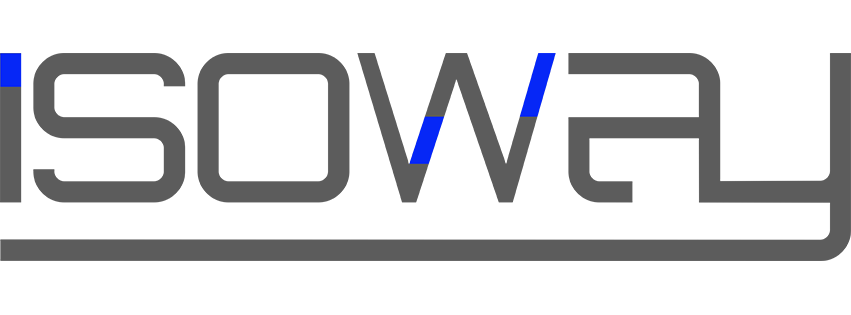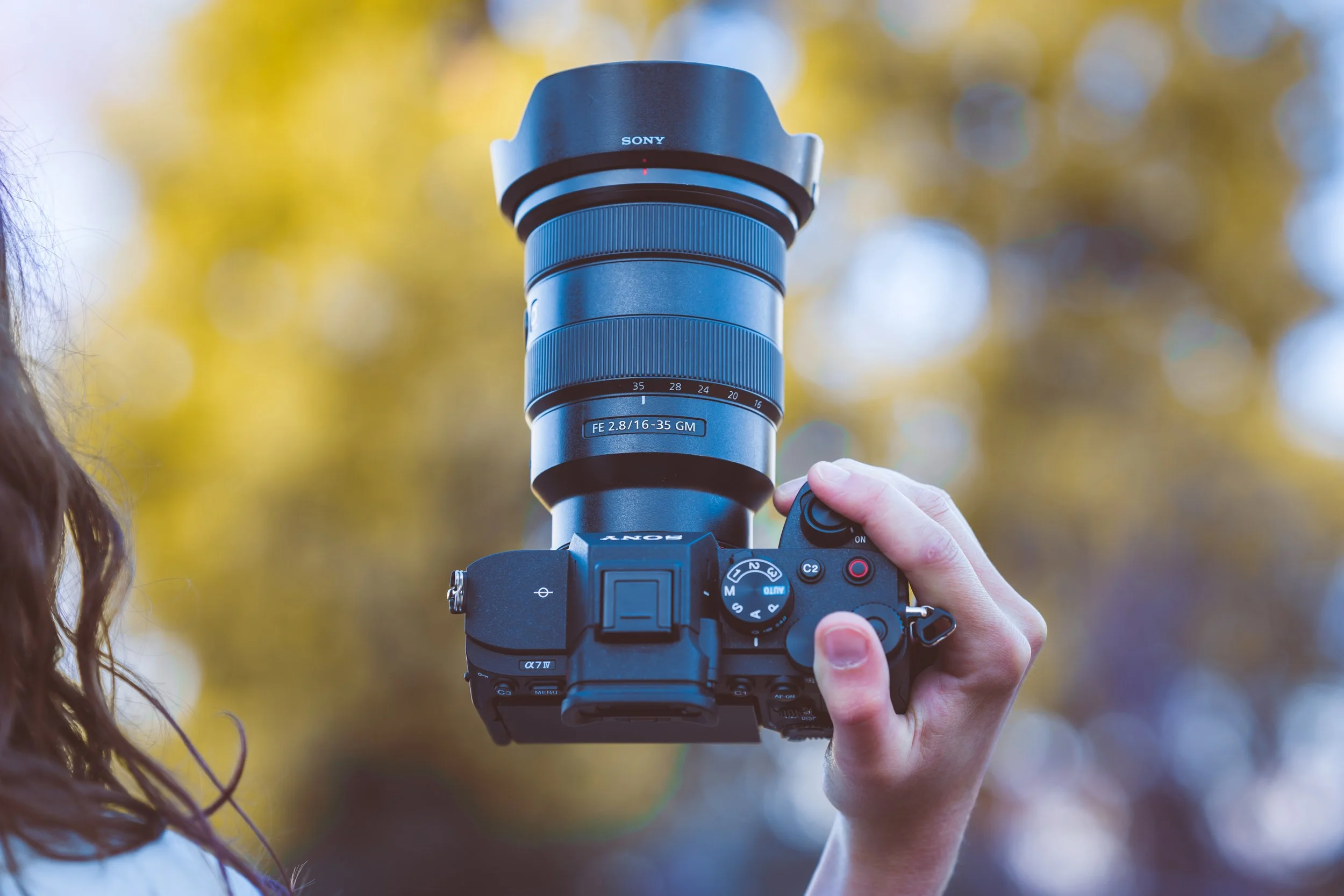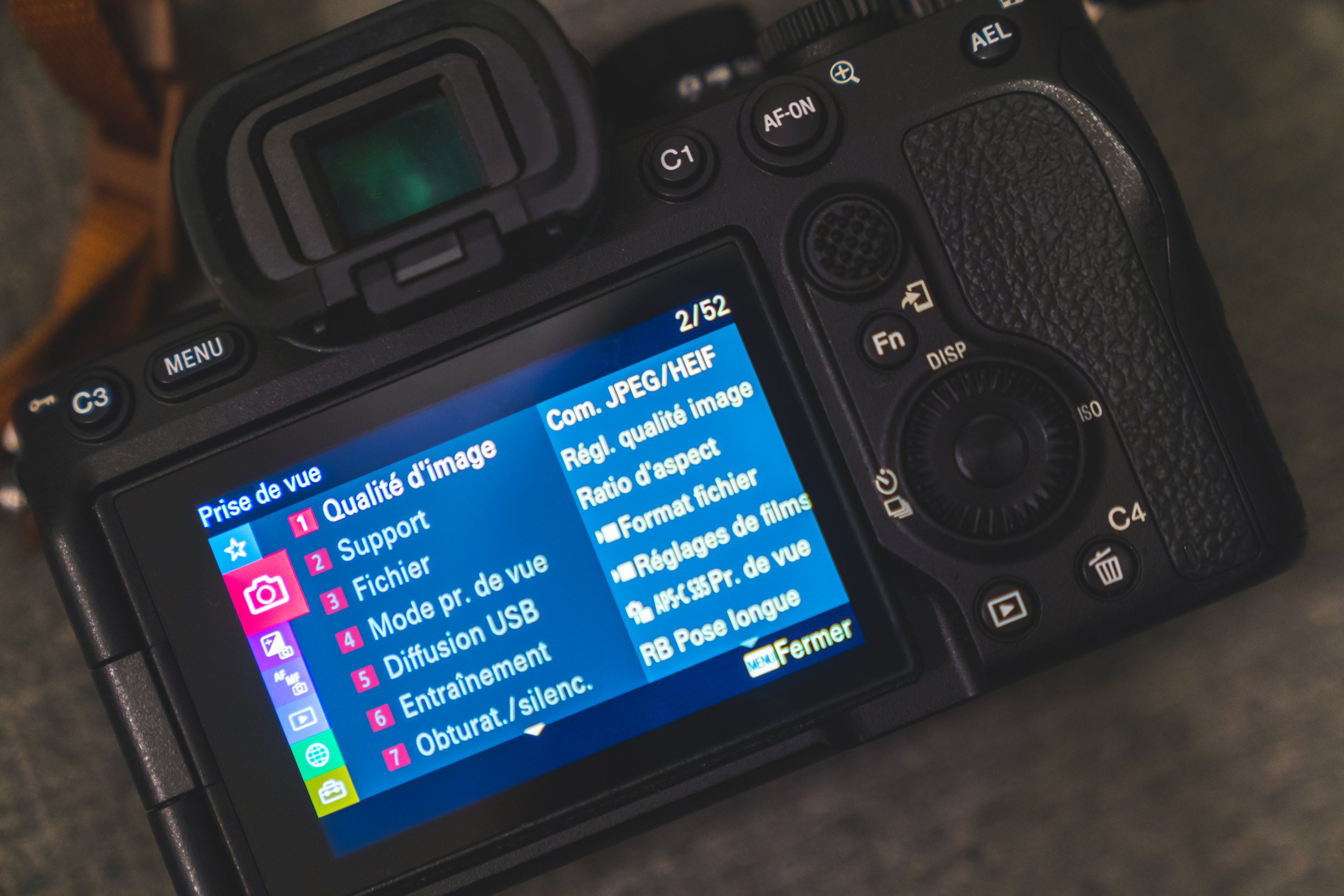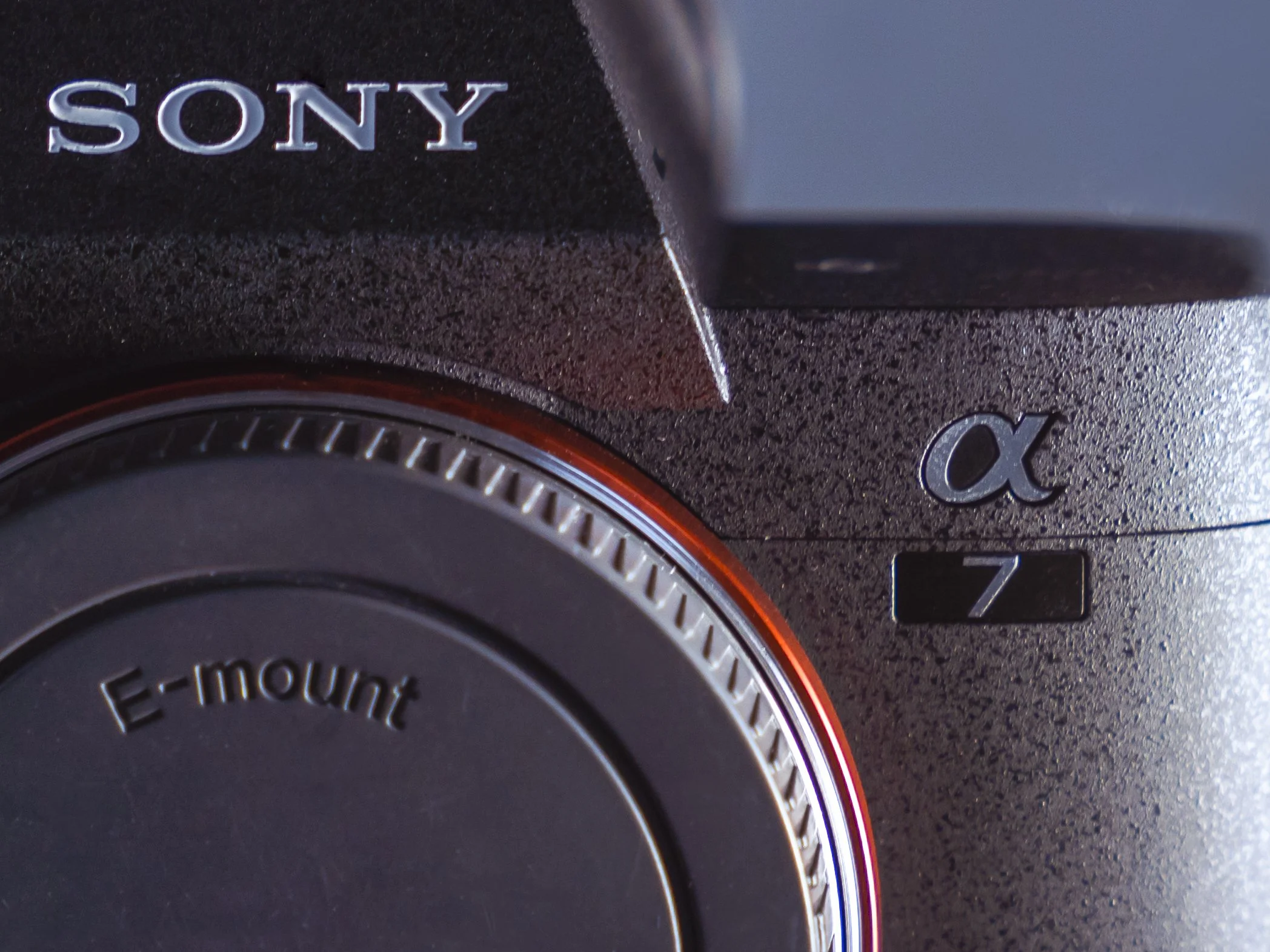We tested the Sony Alpha 7 IV
Change of casing in sight or not at all?
A little background
We're already regular Sony photographers, and perhaps we're not very objective in this story... Yes, we admit it: Daïna is a complete and irredeemable fan.
But let's try to explain the strengths and weaknesses of Sony's new camera: the Alpha 7 IV.
With two Alpha 7 III bodies under our belts (okay especially Daïna's...), we've totally switched to hybrid bodies since 2019. And we have no regrets.
These cameras are formidable with :
A full-format sensor
24 Mpx
Stabilized on 5 axes
Very fast focusing speed.
On paper and in the field: the Sony Alpha 7 IIIs are top-of-the-range. And they've been through a lot! As a professional press photographer, then corporate and institutional photographer, these cameras have been tested, retested and, of course, approved! There's nothing like eye detection for focusing! A tool you can't do without!
So why change? Is it really necessary to switch to the Sony Alpha 7 IV? Is it worth the price of a change?
1st impressions of the Sony Alpha 7 IV
You can barely make out the camera, and then there's a big transformation!
The camera is a little larger, a little chunkier, and has a deeper grip. Great news for some photographers who didn't like the grip of the Sony Alpha 7 III. Bad news, however, for the girls - well, for Daïna, who wasn't so keen on the grip.
A new screen layout has been introduced. Probably in response to demand from videographers, the screen is now on a ball-and-socket joint. But for a professional photographer, this screen is less practical, as it deploys on the side of the body.
On a positive note, however: it can be oriented in any direction and can also be folded towards the inside of the body (it is then protected during transport, which is a real improvement given the state of Daïna's screens 🙄).
Sony Alpha 7 IV menu
The menu is evolving! And it's about time... Gone is the horizontal tabbed design, replaced by a more vertical menu. It's a little better organized and a little clearer, but there are still a few details to be corrected for greater clarity.
There are also changes to the buttons. Still fully configurable, the C1, C2, C3 and C4 buttons have moved a little. Quite unsettling when you're an experienced photographer, but after a week it's forgotten! However, the REC button next to C1 is the most annoying if you're not a videographer. Fortunately, it can be deactivated.
The joystick is much more responsive and pleasant than on the Sony Alpha 7 III.
Getting to grips with the Sony Alpha 7 IV
There are different types of professional photographers: advertising photographer, sports photographer, corporate photographer, event photographer, etc.
And it's pretty clear here that we've tested the new Sony Alpha 7 IV camera on "our turf": in rather corporate reportage, and on portraits.
Now it's time for real-life testing!
With its new 33 MP CMOS sensor, more defined than the A7 III's 24 MP, the Sony Alpha 7 IV produces much larger images. Its photos measure 7008 x 4672 pixels and its RAW files weigh between 35 and 40 Mb. Reasonable, but not always necessary, especially for reportage.
On the other hand, the size of this sensor makes it much easier to crop your images, while keeping enough pixels in the end.Stabilization is always there to help the photographer! There's nothing to complain about, just enjoy this stabilization on 3 levels:
Mechanical stabilization
Digital stabilization
Post-processing stabilization.One might expect an improvement between the Sony Alpha 7 III and the Sony Alpha 7 IV when it comes to ISO. But when you're talking about a camera with a larger sensor, you also have to understand that this means lower ISO levels. So there's no noticeable improvement here; the camera remains very good. It's on a par with the Alpha 7 III in terms of ISO rise. No wow factor here, but it's logical, given the Alpha 7's more defined sensor.
A plus for connectivity and the Sony Imaging Edge Mobile application, which uses Bluetooth and Wi-Fi to connect to the Alpha 7 IV. No need for the photographer to pair up every time, the application registers your camera and file transfer is much faster.
And best of all, let's talk autofocus.
That's when we fell in love!
The Sony A7 IV's autofocus is extremely fast, finding subjects very quickly (much faster than the Sony A7 III), and eye detection is almost infallible. Even with masks! There's no doubt about it: when it comes to eye detection (and even object detection) and autofocus tracking, Sony is at the top of its game!
For technicians, professional photographers or just those who are a little crazy
Here's the Sony Alpha 7 IV Camera Datasheet:
Sensor: Full-frame 33 MP
Stabilization: Mechanical
Stabilizer: 5-axis
Viewfinder: 1.3 cm OLED electronic viewfinder
Display: LCD touchscreen, swivel-mounted, 1,036,800 dots, 7.5 cm wide
ISO sensitivity: 100 - 51200 ISO
Maximum photo resolution: 7680 x 4320 pixels
Video mode: 4K 60 fps, 10-bit 4:2:2
Dimensions: 96 x 131 x 79 mm
Weight: 658 g.
Close-up of the Sony Alpha 7 IV
Our conclusion on the Sony Alpha 7 IV
The question was simple: "As a photographer, should I switch from the Sony Alpha 7 III to the Sony Alpha 7 IV?"
And the answer was just as simple: yes!
And that "yes" is entirely down to improved autofocus. That's where the real evolution lies! As a professional photographer, the 24 MP sensor is already perfectly adequate in the field (for the time being), and it's also easy to increase ISO levels, as on the Sony Alpha 7 III, for which we prefer the grip.
But this autofocus and tracking are incredible, and change everything.





